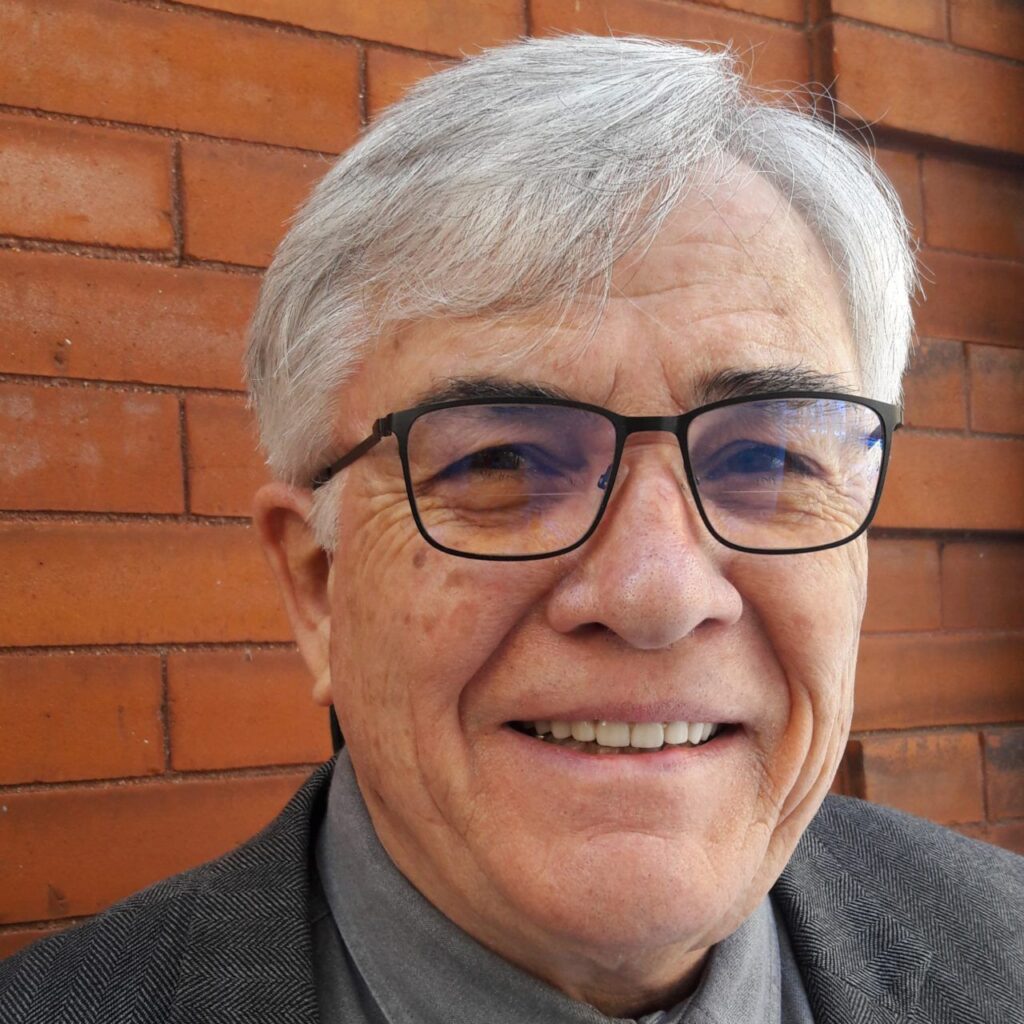Researchers study forever chemical removal at Peterson Space Force Base
A team from the Colorado School of Mines is leading research at Peterson Space Force Base this summer to evaluate technologies that remove forever chemicals from sediment.
For years, forever chemicals from firefighting foam at the former Air Force base contaminated the groundwater under Fountain, Security and Widefield, prompting all three communities to install water treatment systems. The long-term contamination also triggered health studies to gauge the levels of chemicals residents still had in their blood. The chemicals commonly called PFAS, short for Per- and Polyfluoroalkyl chemicals, are believed to contribute to health conditions, such as cancer, infertility, interference with hormones, among other conditions.
To better understand how to remove the chemicals, the Department of Defense funded the $4 million research project at Peterson focused on ridding sediment under bodies of water of the contaminants, explained School of Mines Professor Chris Higgins, an environmental chemist. About 100 people have been involved in the work that started on Peterson during the spring and will wrap up on the site by the end of the month.
The evaluation of seven different strategies isn’t a contest, rather it is meant to help those who will use the technology understand their options.
“It’s not a bake-off,” Higgins said. “It is about putting the same kind of nutrition label on every technology.”
For this test, the researchers dredged up sediment from a stormwater pond that receives runoff from the Colorado Springs Airport and other parts of Peterson and contained elevated levels of forever chemicals, he said.
“We are treating real waste generated in the field, and we’re gathering valuable knowledge that can be translated into larger-scale treatment solutions,” School of Mines doctoral student Ori Soker said.
Cleaning up bodies of water can restore the ability for fish to live in them, but the sediment under lakes and other bodies of water also needs to be cleaned up, Higgins said, otherwise the sediment will release the chemicals back into the water.
Some of the technologies the team is evaluating treat the sediment directly for the forever chemicals and others first wash the sediment and then treat the water. The work includes evaluating any emissions created by the treatment to see if it contains the chemicals.
One of the technologies relies on UV-C light that generates reactive chemicals to help degrade the PFAS, Higgins said.
Another strategy developed by Mines researchers, called hydrothermal alkaline treatment, uses lye, the same substance used to make soap. The lye combined with heat and pressure break down the chemicals, he said.
The findings could help the Department of Defense with cleanup decisions as it works to remediate forever chemical contamination at many bases. At the end of 2024, the DOD had preliminarily assessed 708 sites for contamination and determined more work was needed at 581 of them. It could also be used far more broadly because The Environmental Working Group estimates 7,500 communities are contaminated with forever chemicals nationally.
Gazette news partner KOAA contributed to this report.
Colorado Politics Must-Reads:
-
Johnston’s permitting policy gives power to the people of Denver | HUDSON
-
The twists and turns of Aurora dentist’s road to murder trial
-
Fewer people — by tens of thousands — are moving to metro Denver, study says
-
Colorado Republicans’ vice chair vacancy election revives battle for soul of state GOP | TRAIL MIX











